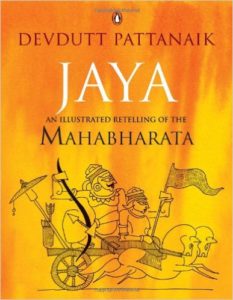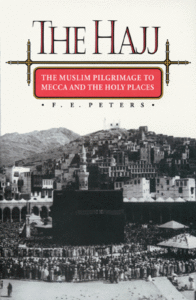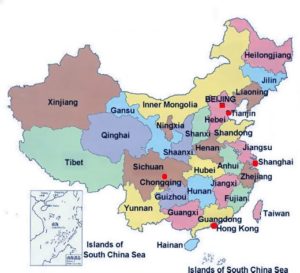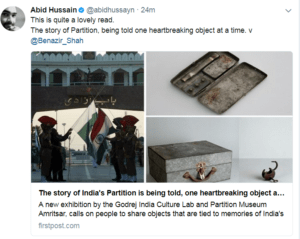Rohingya, Burma Myanmar, jihad Rohingya, Burma Myanmar, jihad
The following is a report prepared by the British Foreign office about the “Mujahid Revolt” in Arakan around the time of Burmese independence. It provides good background on the Rohingya issue and is worth a read..
Below that is a report prepared by a researcher at SOAS in 2005, which gives some more background..
“This document is a transcript of an original British Foreign Office document held at the National Archives in Kew, Richmond, Surrey under File Reference FO 371/101002 – FB 1015/63”
CONFIDENTIAL BUR/24/52.
FB 1015/63
The Mujahid Revolt in Arakan
Background
1. The Akyab district of Arakan, the northern parts of which are now the scene of a Muslim rebellion, is even less well provided with communications than are most parts of Burma, and its inaccessibility and its remoteness from the centre of government are principal factors in making the rising possible. The district is separated from Burma proper by the hills of the Arakan Yoma, and west of this range a series of rivers, running roughly from north to south and divided from one another by parallel ranges of higher ground, split the district into several parts between which, as between the district as a whole and the rest of Burma, communication is difficult. On the west, the Naf river flows south to the sea, and in its lower reaches forms the frontier between Burma and East Pakistan.
2. The northern part of the Akyab district comprises two administrative areas, known as townships, namely, the Buthidaung township consisting of the upper part of the Mayu river valley and the adjacent hills, and the Maungdaw township consisting of the lower Naf valley with the coastal strip running south from its estuary. The two townships, now the scene of so much disorder, are separated by hills known as the Mayu range. Though most of the Buthidaung township consists of hills, the Maungdaw townships contains the flat, intensively cultivated land along the lower Naf, and this is one of the most fertile and densely populated parts of Burma. In both townships, the people depend on agriculture for their livelihood, and apart from minor village handicrafts, there is no industry.
3. Owing to the nature of the country, the easiest means of communication both within it and between it and other parts of Arakan is water-transport, either by coastal craft plying to the Naf estuary or by inland-water transport along the Naf and Mayu rivers. Roads are few and poor; railways do not exist. Formerly a light railway ran from the town of Maungdaw on the Naf to the town of Buthidaung on the Mayu, passing through two tunnels on the way; it was constructed by the Arakan Flotilla Company to link their services on the Naf with those on the Mayu and to provide an inland route by which the rice of Maungdaw might reach the rice-mills at Akyab, but it was later abandoned and developed into a metalled roadway. In general, land movement in Buthidaung and Maungdaw townships must be effected by bullock-cart track or by jungle-path. Thus the north of the Akyab district is essentially isolated.
Continue reading The Mujahid Revolt in Arakan in 1952 (and a SOAS report on the Rohingyas)





